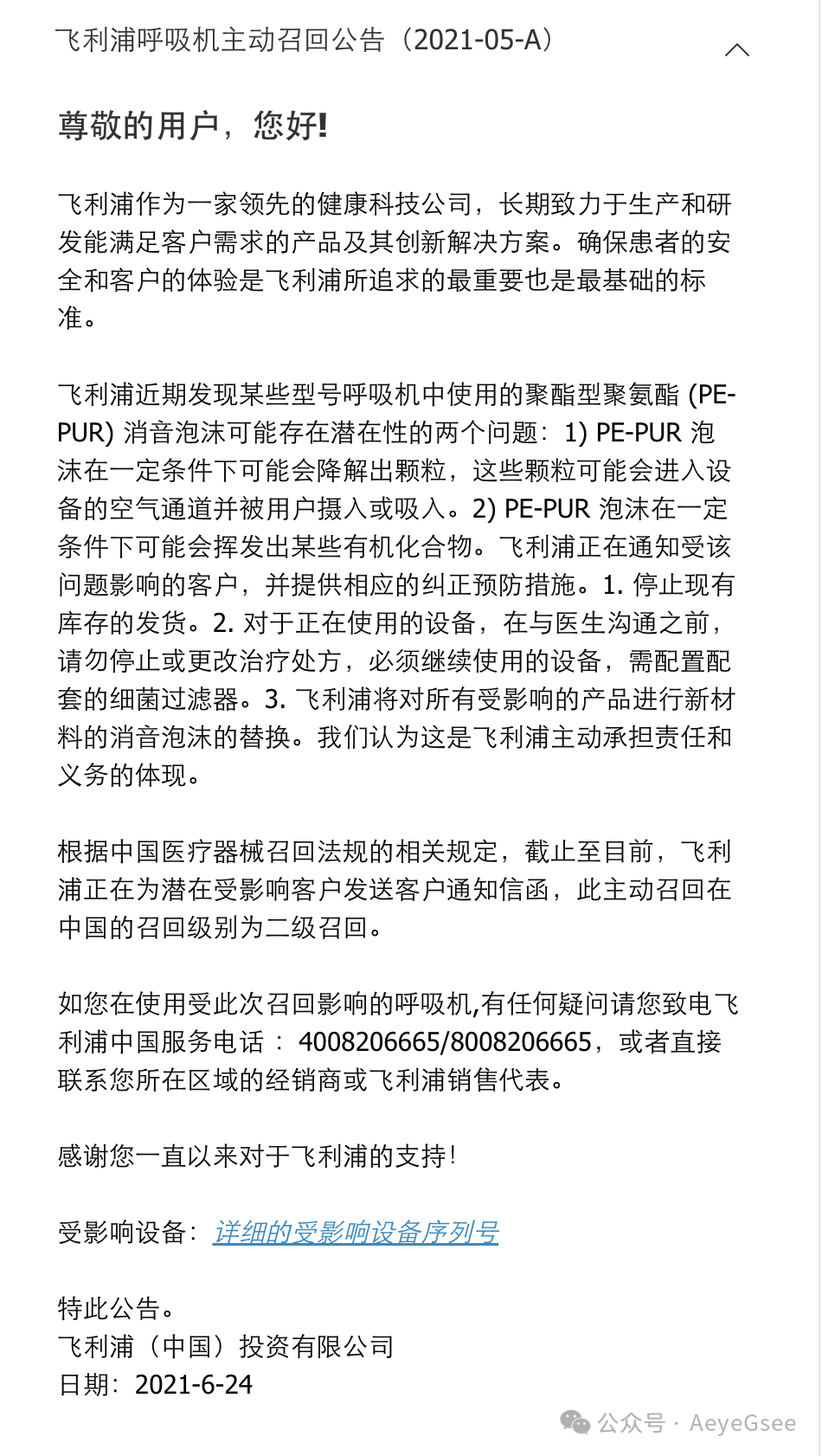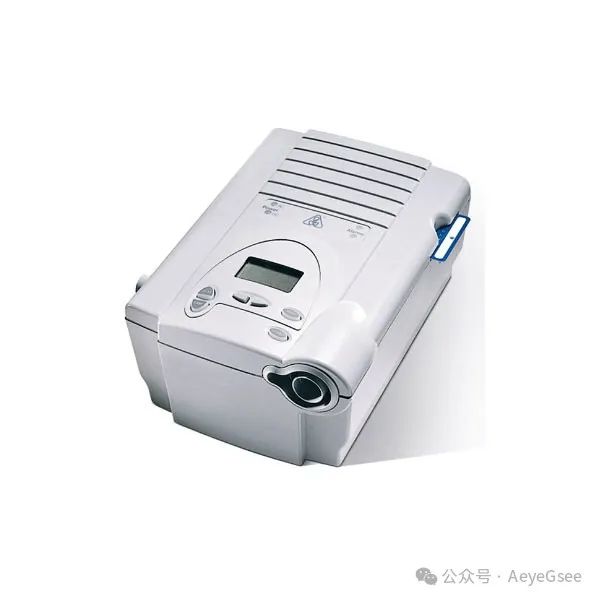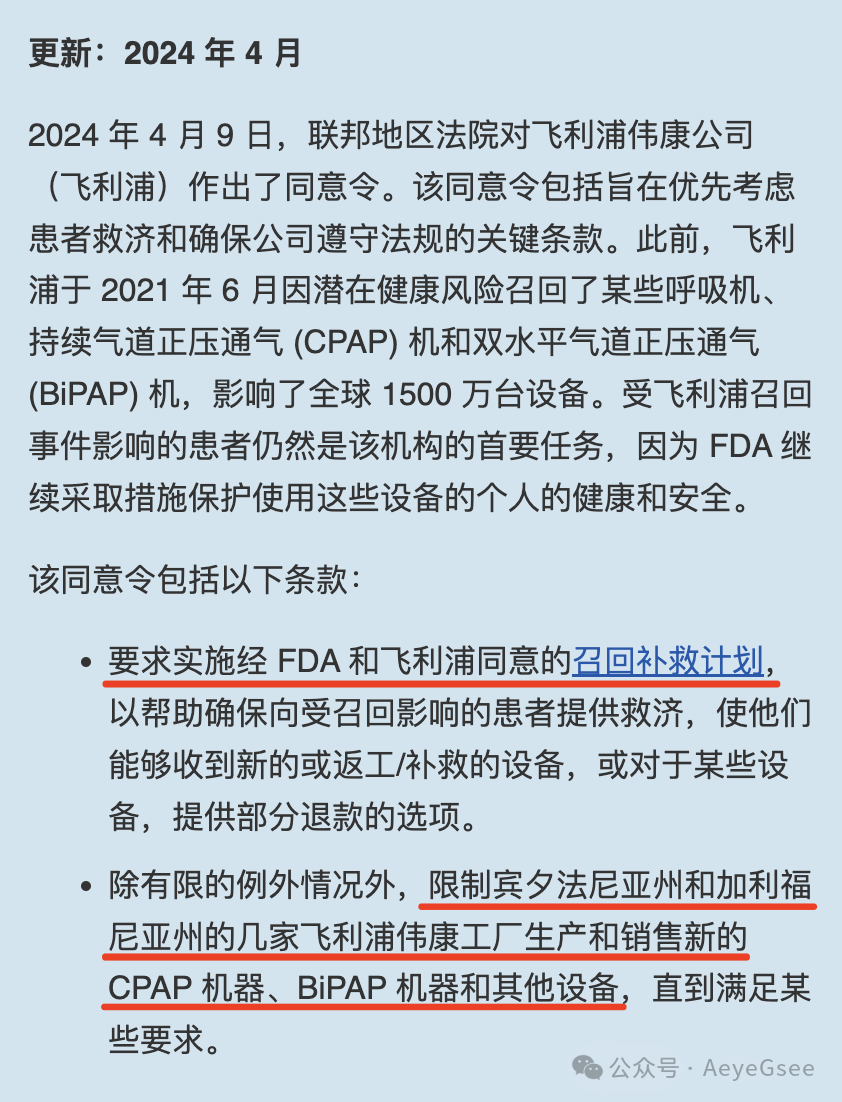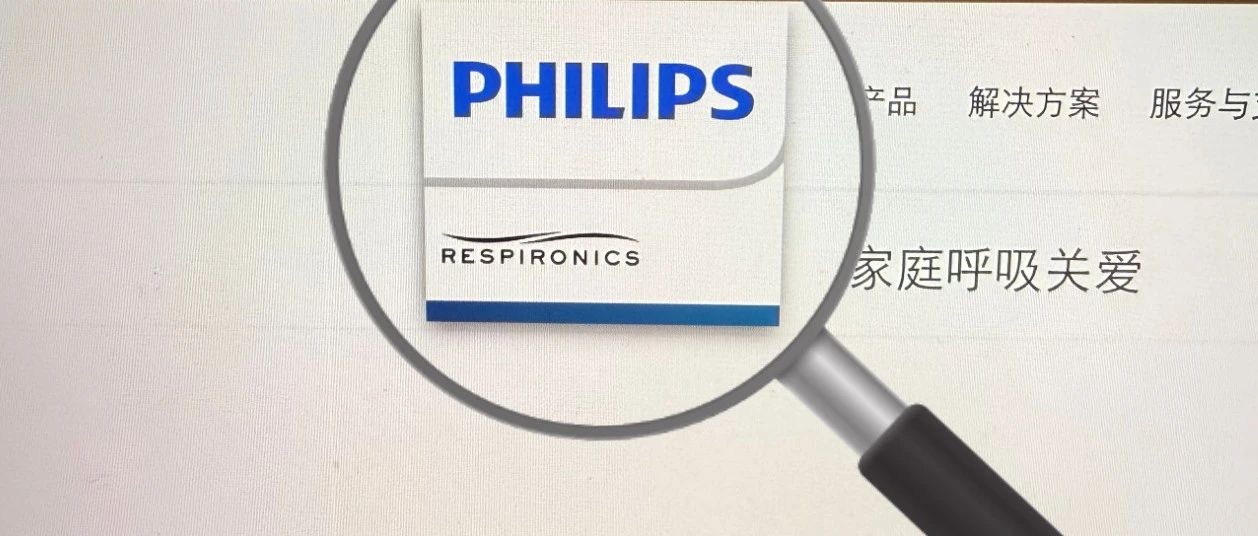Hi 大家,欢迎返工,假期过得愉快吗?今日返工为大家准备一个轻松点的话题——飞利浦伟康呼吸机漫长的召回事件,A股市场近期走势强劲,尤其是在医疗健康板块,受多方利好政策的推动,相关企业股票纷纷上涨,这也让不少投资者看到了新的机会。未来市场的走向如何,召回事件对行业的深远影响,都是我们今天要讨论的话题。大家有什么看法?欢迎一起交流!
2021年,飞利浦伟康(Philips Respironics)因产品安全问题启动了大规模召回,震动了全球医疗器械行业。这次事件不仅影响了全球数百万依赖呼吸机的患者,也揭示了医疗设备行业的质量控制、监管和企业责任问题。本文将从多个角度,深入剖析这一事件的背景、召回原因、应对措施及其对行业和市场的深远影响。
2023年5月,飞利浦宣布计划重新进入呼吸机市场。但是,受召回时间影响,消费者还买账吗?由于大规模抽样调查尚未有报告出炉,我们将带着这个问题去消费者聚集的评论区看看。

1. 事件背景
飞利浦伟康作为全球领先的呼吸机生产企业,主要为治疗睡眠呼吸暂停等疾病提供设备。呼吸机对患有此类疾病的患者至关重要,帮助他们在睡眠期间保持呼吸通畅,从而降低心血管疾病等并发症的风险。飞利浦伟康的CPAP设备广泛应用于全球医疗机构,深受信赖。

然而,2021年6月,飞利浦宣布全球召回大约400万台呼吸机和呼吸器,主要涉及旗下的BiPAP Synchrony系列设备。由于这些设备广泛应用于全球患者,这一召回事件迅速引起了医疗界和患者的广泛关注。
2. 召回原因
此次召回的主要原因是设备中使用的聚氨酯隔音泡沫材料存在健康风险。这种泡沫用于减少设备运行时的噪音,但在长期使用或高温高湿环境下,泡沫可能发生降解,产生有害颗粒和挥发性有机化合物。这些物质通过气流进入呼吸道,可能引发哮喘、头痛、呼吸困难等健康问题,甚至与癌症等严重疾病风险相关。
该问题被发现后,飞利浦伟康决定启动全球召回,以防止进一步的健康风险。
3. 飞利浦的应对措施
面对产品质量问题,飞利浦伟康迅速采取了召回和维修措施。公司设立了全球召回程序,患者可以通过官网登记并申请设备更换或修复。飞利浦还推出了替代设备计划,并承诺免费为患者提供新设备或维修服务。
然而,由于召回规模庞大,替换设备的供应进展缓慢,许多患者面临设备不足的问题,导致治疗中断,增加了健康风险。这一处理过程引发了患者的广泛不满,特别是在呼吸机需求较高的地区,情况尤为严重。
4. 法律和监管方面的反应
飞利浦伟康的召回事件立即引起了全球多国监管机构的重视。美国食品药品监督管理局(FDA)将这次召回定为一级召回,表示该产品可能对用户构成严重健康风险甚至死亡。FDA对飞利浦伟康的产品制造过程展开了深入调查,并要求公司采取更严格的质量控制措施。

与此同时,全球多地的患者对飞利浦提起了集体诉讼,指控该公司未能及时识别和处理问题,导致患者长期暴露在潜在的健康风险之中。这些诉讼给飞利浦带来了巨大的法律压力和财务负担。
5. 中国监管机构的反应
作为全球重要的医疗器械市场,中国的监管机构对这一事件也高度关注。国家药品监督管理局(NMPA)迅速发布公告,要求飞利浦召回在中国市场销售的相关设备,并提供详细的召回计划和处理方案。中国的医疗机构和患者对设备安全性提出了质疑,一些医院暂停采购飞利浦伟康的设备,并转向国产或其他品牌的替代方案。
6. 飞利浦的企业回应
飞利浦伟康公司对此次事件公开致歉,并表示将全力解决召回问题。公司高层承认在设备设计和质量控制上存在不足,并承诺加大投资以改进产品质量和供应链管理。同时,飞利浦表示将尽快为受影响的患者提供替换设备,并重新审查内部生产流程,以防止类似事件再次发生。
尽管飞利浦表现出积极的整改态度,但其在事件早期的处理缓慢以及替换设备进度滞后,导致患者和公众对其失去了部分信任。
7. 后续影响
这次召回事件对飞利浦的声誉和财务状况造成了严重打击。其在全球主要市场的销售额下降,特别是在美国和中国市场,受影响尤为明显。由于呼吸机设备的召回,飞利浦在这一领域的市场份额被竞争对手进一步蚕食,其他企业如ResMed、Löwenstein等迅速抢占了市场。
此外,全球范围内的医疗器械监管机构加强了对类似设备的质量监控和安全标准的要求,这促使呼吸机制造商投入更多资源进行技术创新和产品安全性测试。
8. 该事件对呼吸机市场格局的影响
飞利浦伟康呼吸机召回事件对全球呼吸机市场的格局产生了重大影响。随着飞利浦伟康市场份额的下滑,其他品牌加大了在这一领域的投入,特别是ResMed和Löwenstein等竞争对手,他们借此机会扩大了市场份额。此外,一些新兴企业通过技术创新,提升了产品的安全性和性能,进一步推动了市场的多元化竞争。
这一事件也提高了医疗设备行业对产品质量控制和监管的要求,使得各大品牌在未来竞争中面临更高的技术门槛和质量标准。
9. 中国国产呼吸机的发展现状
此次事件也为中国国产呼吸机制造商带来了机会。近年来,随着技术水平的提升和市场需求的增加,中国的呼吸机产业迅速发展,尤其是在疫情期间,国内厂商如鱼跃医疗、迈瑞医疗等逐步打开了国际市场。这些企业凭借较低的成本和稳定的产品性能,逐步扩大了在国内外市场的份额。
尽管在核心技术上与国际品牌仍有差距,但中国国产呼吸机正通过持续的技术研发和产品质量提升,逐步缩小与全球领先企业之间的差距。随着国内政策的支持以及国产品牌的国际化发展,未来中国呼吸机行业有望进一步崛起。
10. 召回事件完整时间线
2021年4月26日:飞利浦首次召回特定型号的BiPAP、CPAP和机械通气设备。2021年7月23日:FDA将召回定为I类,最严重的召回等级。2021年7月26日:飞利浦停止接受睡眠治疗系统的新订单。2021年11月:FDA 483表单显示飞利浦及其供应商多年来知道泡沫问题。2022年1月:FDA将I类召回扩展到更多飞利浦呼吸设备。2022年4月:FDA指定更多飞利浦呼吸机召回为I类。2022年4月25日:飞利浦披露美国司法部下达召回传票。2022年9月1日:飞利浦与DOJ就回扣指控达成2480万美元和解。2022年10月19日:FDA对飞利浦CPAP、BiPAP面罩发布I类召回。2022年11月18日:FDA报告更多飞利浦呼吸设备问题。2022年11月22日:FDA报告更多死亡与召回相关。2023年1月30日:飞利浦宣布将减少全球员工6,000人。2023年3月:飞利浦与FDA达成同意判决,支付1.5亿美元。2023年4月:飞利浦宣布未来五年内投资10亿欧元提高质量和安全性。2023年5月:飞利浦宣布计划在2023年底前重新进入呼吸设备市场。2023年6月:飞利浦与美国司法部达成和解,支付2.5亿美元。2023年7月:飞利浦宣布未来三年内裁减5,000个职位。2023年8月:飞利浦宣布投资5亿欧元加强研发能力。2023年9月:飞利浦宣布未来五年内投资15亿欧元提高医疗设备质量和安全性。
那么问题来了
普通消费者会怎么看待这次事件?如果飞利浦伟康呼吸机重返市场,是否还会有人愿意买单?带着这些疑问,我们深入了多个消费者评论区,试图了解他们的真实看法。(注:网友观点仅供参考,不代表AeyeGsee的立场)
首先,从搜索量和市场反馈来看,飞利浦伟康呼吸机依然具有相当高的关注度,市场上也有许多代理商在继续销售这一品牌,表明其品牌影响力依旧存在。
其次,飞利浦的召回事件已广为人知,几乎每个消费者都听说过这件事。尽管如此,飞利浦官方在召回中的应对措施,如及时通知消费者、提供维护和替换服务等,都得到了较好的执行,使得这一事件在消费群体中得以广泛传播。



一部分消费者对外资品牌依旧保持高度信任,认为飞利浦的全球影响力和其在医疗设备领域的技术积淀不容忽视,仍对其产品抱有信心。


而另一部分消费者则表示没听说此类召回信息,毕竟除了AeyeGsee外,鲜有人会主动关注品牌官网上的更新动态。

综合来看,飞利浦伟康若要在全球呼吸机市场重新站稳脚跟,最关键的挑战是如何有效消除召回事件带来的负面影响。
对于飞利浦来说,这不仅仅是一次市场回归,而是品牌信誉的重塑和消费者信任的再建过程。只有通过进一步提升产品质量,飞利浦才能逐步消除消费者心中的疑虑,重新获得他们的支持并恢复其在呼吸机领域的市场份额。未来,飞利浦在医疗器械行业的表现,将在很大程度上取决于其在质量控制和用户信任上的修复能力,以及面对愈加激烈的市场竞争所做出的创新和突破。
Will Consumers Trust Philips Respironics Again If the Brand Returns to the Ventilator Market? — A Complete Overview of the Philips Respironics Ventilator Recall Incident
In 2021, Philips Respironics initiated a massive product recall due to safety concerns, shaking the global medical device industry. This incident not only affected millions of patients worldwide who rely on ventilators but also exposed issues related to quality control, regulatory oversight, and corporate responsibility within the medical equipment sector. This article will provide an in-depth analysis of the incident, exploring its background, the reasons for the recall, the company’s response measures, and its profound impact on the industry and market.
In May 2023, Philips announced plans to re-enter the ventilator market. However, given the lasting effects of the recall, will consumers be willing to trust the brand again? Since large-scale survey reports are yet to be published, we turned to consumer forums to gauge public sentiment on this issue.
1. Background
Philips Respironics, a global leader in respiratory devices, specializes in producing ventilators for treating conditions such as sleep apnea. These machines are crucial for patients with respiratory issues, helping them maintain steady breathing during sleep and reducing the risk of cardiovascular complications. Philips’ CPAP devices are widely trusted and used by healthcare facilities worldwide.
However, in June 2021, Philips announced a global recall of approximately four million ventilators and respiratory devices, particularly those in the DreamStation series. The widespread use of these devices and their critical role in patient care made this recall a major event in the medical community.
2. Reason for the Recall
The recall was triggered by safety risks associated with the polyurethane soundproofing foam used inside the devices. This foam, designed to reduce operational noise, was found to degrade over time, especially in high-humidity or high-temperature environments. The degradation could release harmful particles and volatile organic compounds (VOCs) into the airflow, potentially causing asthma, headaches, respiratory issues, and even posing long-term cancer risks.
Upon discovering this risk, Philips decided to initiate a global recall to prevent further harm to patients using the affected devices.
3. Philips’ Response
In response to the safety concerns, Philips moved swiftly to establish a recall program, allowing patients to register their devices for free replacement or repair through the company’s website. The company also launched a replacement device plan and committed to repairing affected machines at no cost to patients.
However, due to the sheer scale of the recall, the replacement and repair process was slow. Many patients faced equipment shortages, leading to treatment disruptions and increased health risks. This caused widespread dissatisfaction, particularly in regions with high demand for respiratory devices.
4. Legal and Regulatory Reactions
The recall quickly drew the attention of regulatory bodies worldwide. In the United States, the Food and Drug Administration (FDA) classified the recall as a Class I recall, indicating a serious risk of injury or death. The FDA launched an investigation into Philips Respironics’ manufacturing process, demanding stricter quality control measures.
Additionally, lawsuits were filed by patients across several countries, accusing Philips of failing to address the issue in a timely manner, thereby exposing users to potential health risks. These legal challenges added significant financial and reputational pressure on Philips.
5. Response from Chinese Regulators
Given the importance of China as a key market, the National Medical Products Administration (NMPA) responded swiftly by issuing a notice, requiring Philips to recall affected devices sold in China and provide a detailed recall plan. Chinese healthcare providers and patients began questioning the safety of Philips devices, and some hospitals temporarily halted purchases of Philips equipment, turning to domestic alternatives.
6. Philips’ Corporate Response
Philips Respironics issued a public apology, acknowledging deficiencies in the design and quality control of their devices. The company promised to invest more in improving product quality and supply chain management. Additionally, Philips committed to expediting the delivery of replacement devices to affected patients and thoroughly reviewing its internal processes to prevent similar incidents in the future.
Despite Philips’ efforts to demonstrate accountability, the company faced significant backlash due to the slow progress of replacements and the growing mistrust among patients and healthcare providers.
7. Long-term Impact
The recall had a profound impact on Philips’ reputation and financial health. The company’s sales declined in key markets, particularly in the U.S. and China. Competitors like ResMed and Löwenstein capitalized on Philips’ weakened position, rapidly gaining market share in the respiratory device segment.
Furthermore, global regulators increased scrutiny on medical devices, imposing stricter safety standards and quality monitoring, prompting manufacturers to invest more in product innovation and safety testing.
8. Market Implications
The Philips recall significantly altered the global respiratory device market. As Philips lost market share, competitors such as ResMed and Löwenstein quickly expanded their presence. Emerging companies also leveraged technological advancements to enhance the safety and performance of their products, further diversifying the competitive landscape.
The recall heightened awareness of the importance of product quality control, prompting medical device manufacturers to reassess their production processes to meet stricter regulatory standards.
9. Growth of China’s Domestic Ventilator Industry
The Philips recall created an opportunity for Chinese ventilator manufacturers. In recent years, China’s respiratory device industry has grown rapidly, driven by rising demand and technological advancements, especially during the COVID-19 pandemic. Companies like Yuwell Medical and Mindray have gained international recognition, offering reliable and cost-effective alternatives to global brands.
While there is still a technological gap between Chinese and international manufacturers, domestic players are closing the gap through continuous innovation and quality improvements. With government support and a focus on expanding globally, China’s respiratory device industry is poised for further growth.
10.Complete Timeline of the Philips Respironics Recall Incident
-
April 26, 2021: Philips initiates its first recall of certain models of BiPAP, CPAP, and mechanical ventilation devices.
-
July 23, 2021: The FDA classifies the recall as Class I, indicating the most serious level of recall due to potential harm.
-
July 26, 2021: Philips halts new orders for its sleep therapy systems.
-
November 2021: An FDA Form 483 reveals that Philips and its suppliers were aware of the foam degradation issue for years.
-
January 2022: The FDA expands the Class I recall to cover more Philips respiratory devices.
-
April 2022: The FDA categorizes additional Philips ventilator recalls as Class I.
-
April 25, 2022: Philips discloses receiving a subpoena from the U.S. Department of Justice (DOJ) regarding the recall.
-
September 1, 2022: Philips reaches a $24.8 million settlement with the DOJ over kickback allegations.
-
October 19, 2022: The FDA issues a Class I recall for Philips CPAP and BiPAP masks.
-
November 18, 2022: The FDA reports additional issues with Philips respiratory devices.
-
November 22, 2022: The FDA links more deaths to the recalled devices.
-
January 30, 2023: Philips announces it will cut 6,000 jobs globally.
-
March 2023: Philips reaches a consent decree with the FDA, agreeing to pay $150 million.
-
April 2023: Philips announces plans to invest €1 billion over the next five years to improve product quality and safety.
-
May 2023: Philips announces plans to re-enter the respiratory device market by the end of 2023.
-
June 2023: Philips reaches a $250 million settlement with the DOJ.
-
July 2023: Philips announces plans to reduce its workforce by 5,000 positions over the next three years.
-
August 2023: Philips commits to a €500 million investment to strengthen its research and development capabilities.
-
September 2023: Philips announces a €1.5 billion investment over the next five years to enhance the quality and safety of its medical devices.
How Do Consumers Perceive This Incident?
With Philips Respironics planning its return to the market, the key question remains: will consumers still trust the brand? To explore this, we delved into various consumer forums and review sections to gauge real opinions. (Note: The views expressed by users are for reference only and do not represent AeyeGsee’s stance.)
Firstly, judging by search volume and market feedback, Philips Respironics still garners considerable attention. The fact that many distributors continue to sell the brand highlights its enduring influence in the market.
Secondly, the recall has become widely known, and almost every consumer has heard about it. Despite the negative press, Philips’ handling of the recall—including prompt notifications, repair services, and replacements—was generally well-executed. This has helped spread awareness of the issue among its consumer base.
However, consumer reactions are noticeably divided.
On one hand, a portion of consumers continues to trust global brands, viewing Philips’ worldwide influence and its technical expertise in medical devices as key reasons to remain confident in its products.
On the other hand, some consumers admitted they hadn’t heard about the recall, citing limited exposure to updates on the brand’s official website, as few platforms other than AeyeGsee cover such news.
In summary, if Philips Respironics aims to regain a foothold in the global respiratory device market, the biggest challenge lies in mitigating the negative impact of the recall. For Philips, this isn’t just a market re-entry—it’s about rebuilding brand credibility and restoring consumer trust. Only by significantly improving product quality can Philips dispel doubts and regain consumer support, ultimately recovering its market share. Moving forward, the company’s success in the medical device industry will largely depend on its ability to address quality control issues, rebuild trust, and push innovation to stay competitive in an increasingly fierce market.
免责声明:
本文章中的信息、图片均取材于网络,仅供一般参考之用,不可直接作为决策内容,AeyeGsee不对任何主体因使用本文内容而导致的任何损失承担责任。
本公众号发布的所有信息均仅供参考,不构成任何法律或其他专业建议或意见。
凡本公众号发布信息涉及知识产权等问题,请联系AeyeGsee,我们将第一时间积极配合处理相关问题。
欢迎转发分享及合理引用,引用时请在显要位置标明文章来源;如需转载请联络AeyeGsee。
Copyright © 2024 AeyeGsee. All Rights Reserved.
AeyeGsee
Ace Vision, Genius Insight
AeyeGsee是一个专注医疗健康行业的创新资讯服务平台,聚焦招聘、裁员、人事、兼并收购、新品与行业动态。我们以王牌视野和天才洞察,专注为年轻一代提供新且实用的医疗健康资讯,帮助有志加入医疗健康行业的年轻人抢占职业先机。
联络我们:aeyegsee@gmail.com









